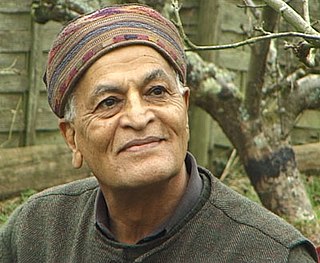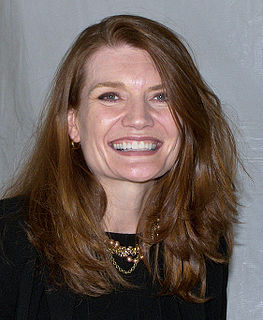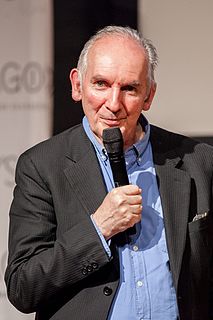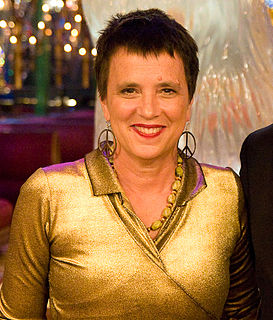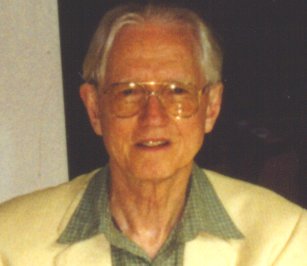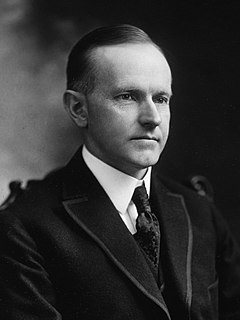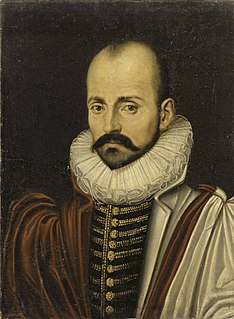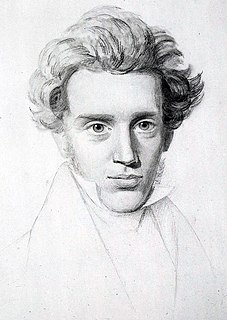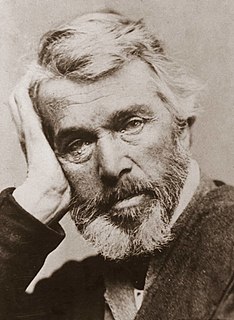A Quote by Ralph Waldo Emerson
A painter told me that nobody could draw a tree without in some sort becoming a tree.
Related Quotes
Do you know that even when you look at a tree and say, `That is an oak tree', or `that is a banyan tree', the naming of the tree, which is botanical knowledge, has so conditioned your mind that the word comes between you and actually seeing the tree? To come in contact with the tree you have to put your hand on it and the word will not help you to touch it.
There's a tree that grows in Brooklyn. Some people call it the Tree of Heaven. No matter where its seed falls, it makes a tree which struggles to reach the sky. It grows in boarded-up lots and out of neglected rubbish heaps. It grows up out of cellar gratings. It is the only tree that grows out of cement. It grows lushly . . . survives without sun, water, and seemingly without earth. It would be considered beautiful except that there are too many of it.
One time I saw a tiny Joshua tree sapling growing not too far from the old tree. I wanted to dig it up and replant it near our house. I told Mom that I would protect it from the wind and water it every day so that it could grow nice and tall and straight. Mom frowned at me. "You'd be destroying what makes it special," she said. "It's the Joshua tree's struggle that gives it its beauty.
The body is a sensing instrument of consciousness. Without the body and mind,
the trees could not see themselves. Usually we think that we are looking at a tree, but the tree is looking at itself through us. Without this instrument, the tree does not get to see itself. We are sensing instruments of the Divine.
I remember once visiting an outdoor exhibition of sculpture in Arnhem, the Netherlands. One of the artists had placed this notice at the base of a majestic beech: "Statues are hewn by fools like me: only God could make this tree." The Taoists looked at the inside of the tree. They saw God present, not as the super-sculptor, but as the primal force from which the tree drew its being and its specific form. Becoming aware of this divine origin was for them "great knowledge," to be distinguished from the "small knowledge" of our petty, every-day existence.
If a painting of a tree was only the exact representation of the original, so that it looked just like the tree, there would be no reason for making it; we might as well look at the tree itself. But the painting, if it is of the right sort, gives something that neither a photograph nor a view of the tree conveys. It emphasizes something of character, quality, individuality. We are not lost in looking at thorns and defects; we catch a vision of the grandeur and beauty of a king of the forest.

